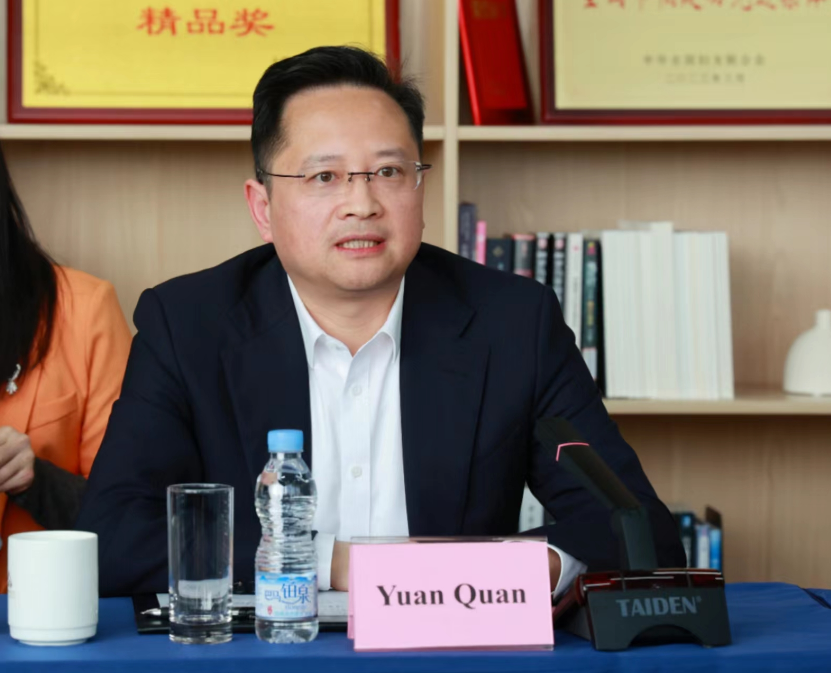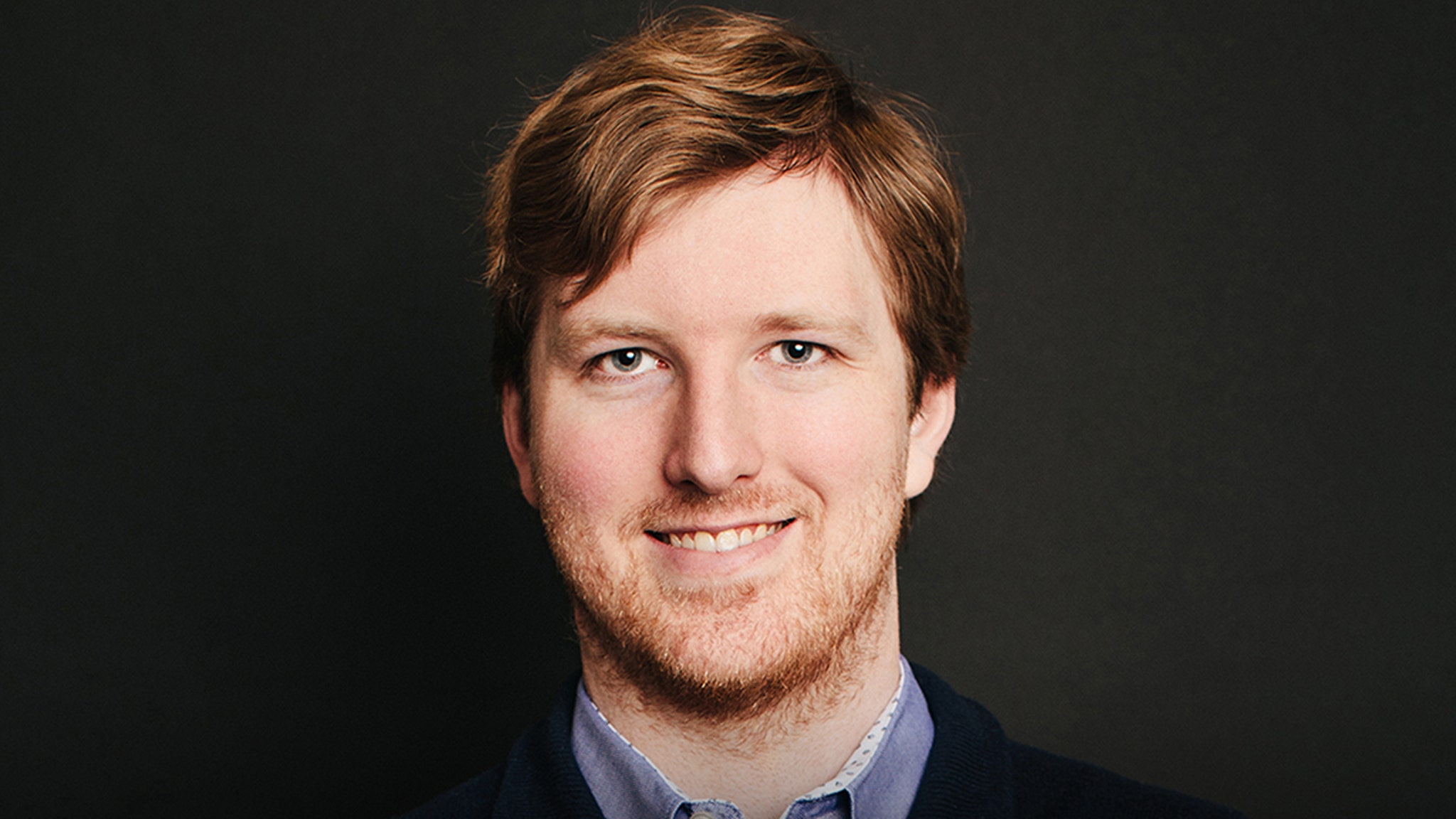
crashes, at least 17 fatal incidents and five serious injuries since 2019, the Washington Post reported last month. Tesla's "autopilot" features have contributed to 736 U.S.

"Namely, eight cameras." The cameras map a car's environment "at up to 250 meters of range," helping it autonomously switch lanes or find you in a parking lot, according to Tesla's website. Specifically, that means "using only cameras," Herger says. Among all the companies striving to make autonomous driving safe, Tesla alone uses "vision-only" technology, says author and artificial intelligence expert Mario Herger. How Luminar's lasers for self-driving cars workĮlon Musk's Tesla also seeks to popularize self-driving cars, and Musk's approach to the technology is entirely different. Here's how Luminar's technology works, how it differs from Tesla's self-driving tech and what improvements still need to be made before fully autonomous vehicles can dominate public roads. He applied for and won a Thiel Fellowship, which pays students $100,000 to focus on their startups full-time.Įven without the fellowship, Russell says he would have still left school to build Luminar: "It was going to happen anyway."īut self-driving cars aren't exactly commonplace on American roads, meaning Russell and Luminar have a lot of work ahead of them, despite their lofty valuations. The company didn't really get off the ground until after Russell dropped out of Stanford University in 2012, at age 18. Luminar reported $40.7 million in 2022 revenue, and has partnerships with companies like Mercedes-Benz and Volvo.

Russell has an estimated net worth of $1.6 billion, and his Orlando, Florida-based tech startup - which went public in 2020 - currently has a market cap of $2.59 billion.

Now 28, Russell is the world's youngest self-made billionaire, according to Forbes, as Luminar competes with major companies like Tesla and Alphabet's Waymo.


 0 kommentar(er)
0 kommentar(er)
